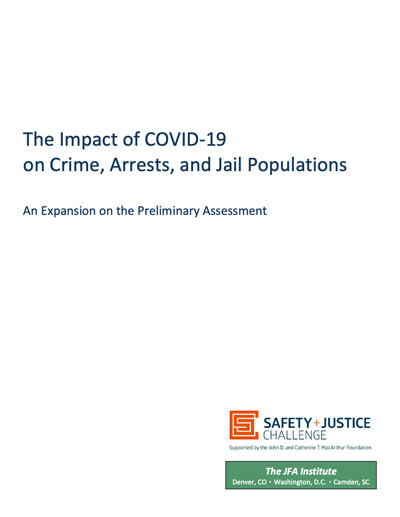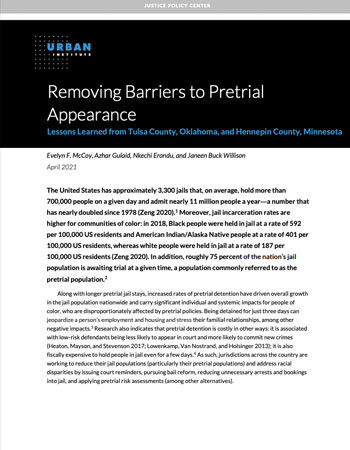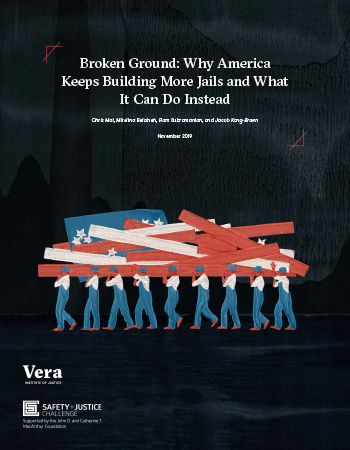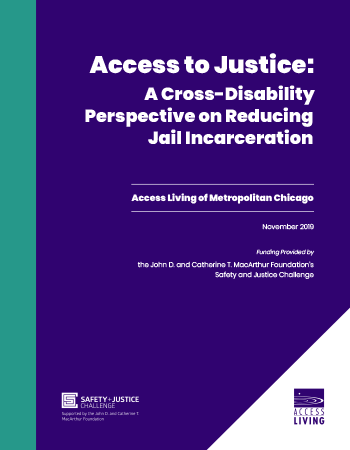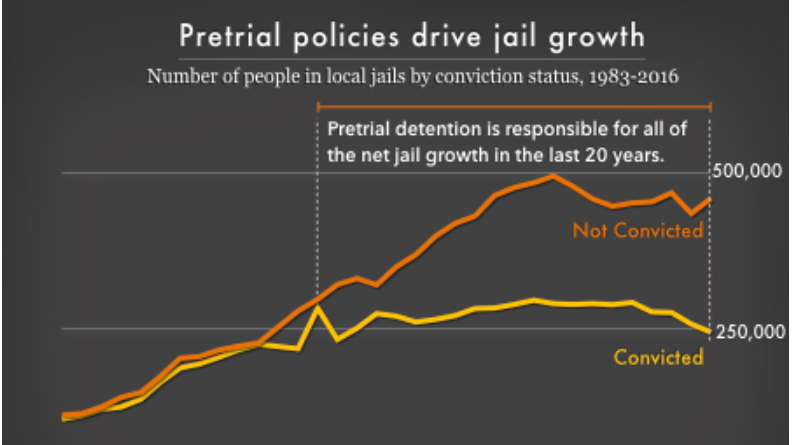Report
COVID Data Analysis Jail Populations June 22, 2021
The Impact of COVID-19 on Crime, Arrests, and Jail Populations
Beginning in March 2020, local and state criminal agencies took several actions to mitigate the rising number of people being infected with the COVID-19 virus. To address these concerns, a variety of policies were enacted to reduce the number of persons held in jails. These polices were designed to 1) mitigate the number of people being arrested and booked into local jails and 2) reduce the length of stay (LOS) for those admitted to jail. Concurrently, public safety concerns were raised that by lowering the jail populations, crime in the community would increase. To address these concerns, the JFA Institute (JFA), through resources provided by the John D. and Catherine T. MacArthur Foundation’s Safety and Justice Challenge (SJC) program, began tracking and analyzing cities and counties participating in SJC and their jail and crime data in real time to monitor the impact of these mitigation activities. Among the key findings, analysis revealed jail populations declined, yet crime and arrests declined as well, giving indication that declining jail populations did not compromise public safety.
